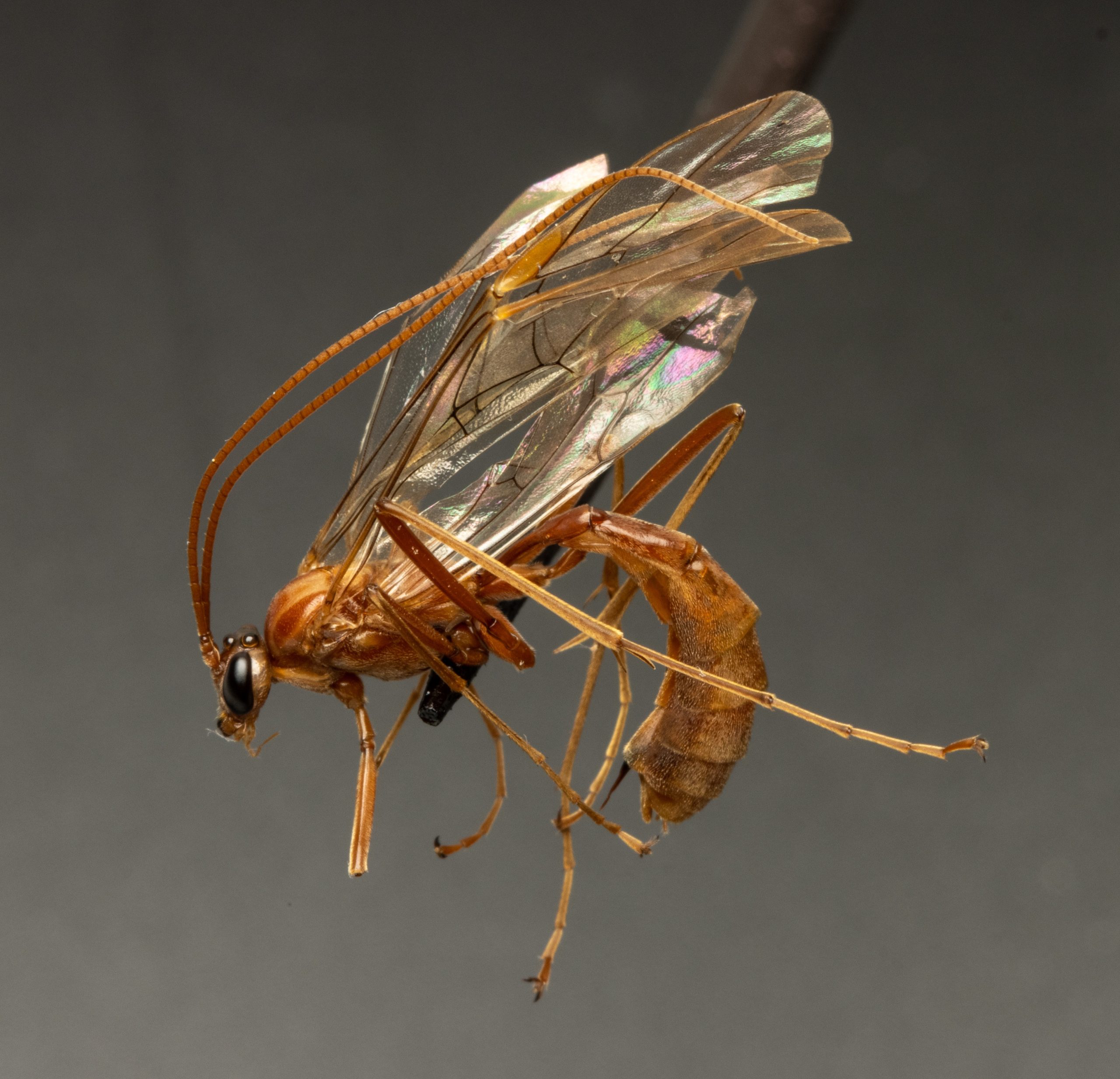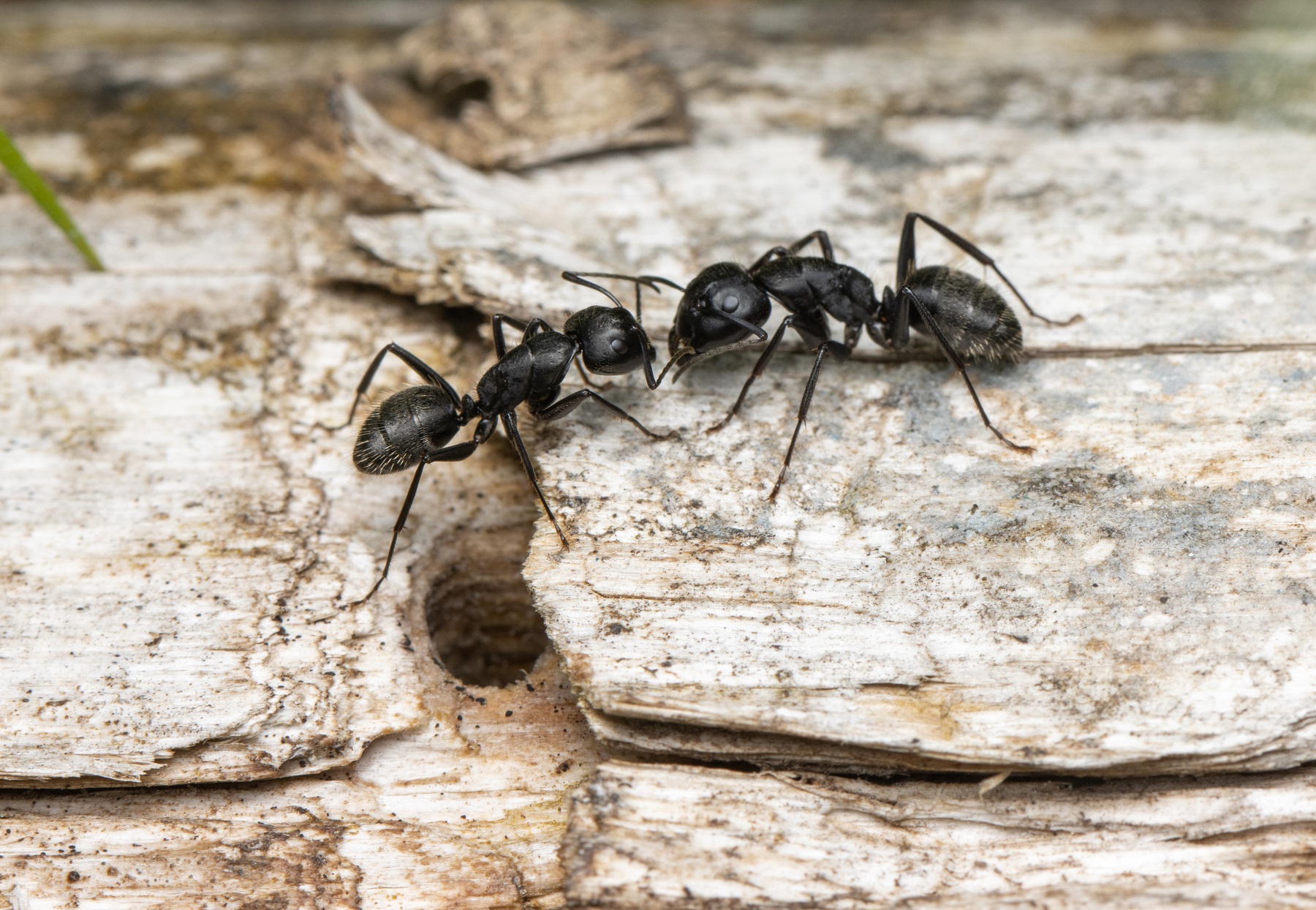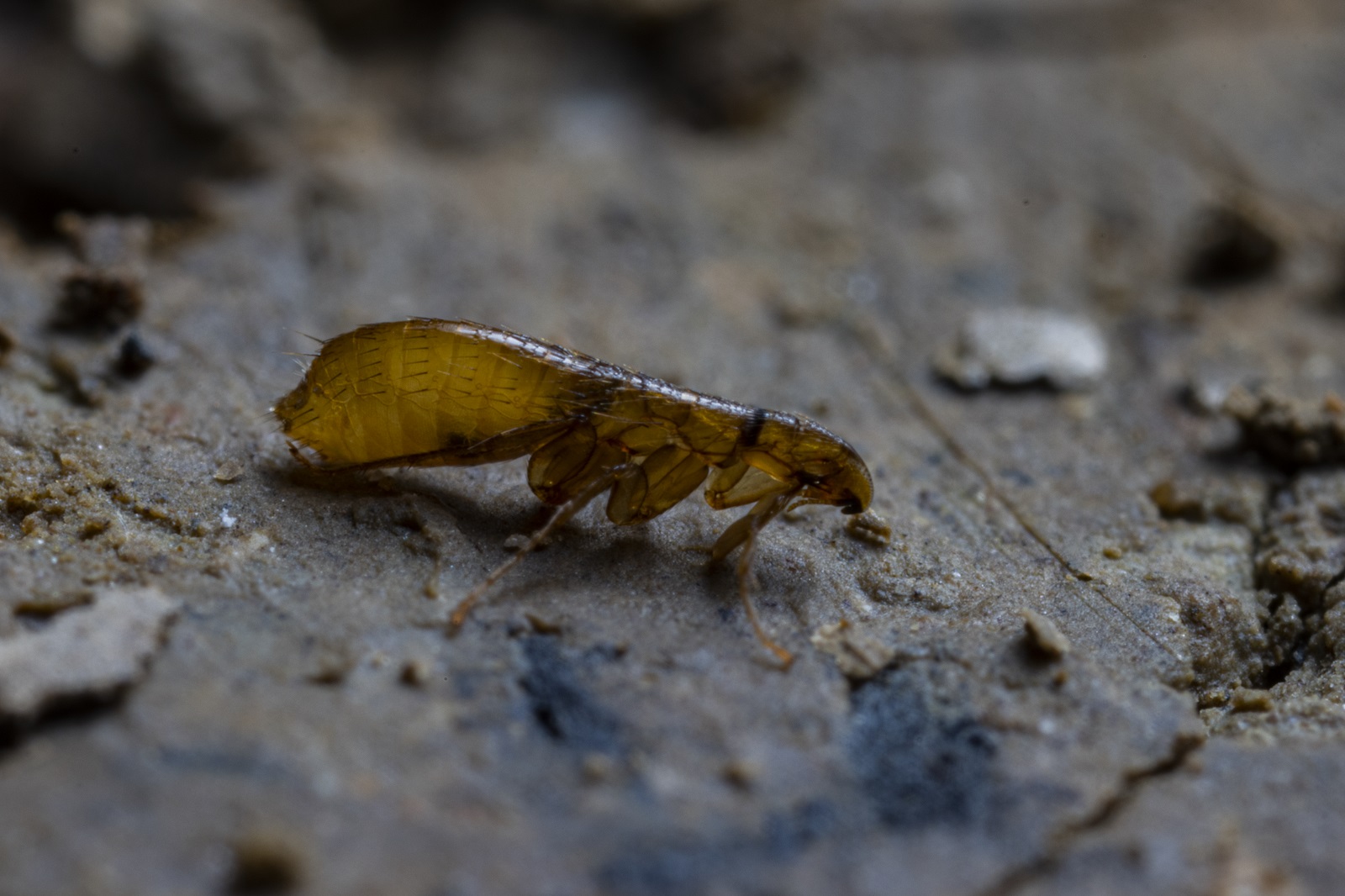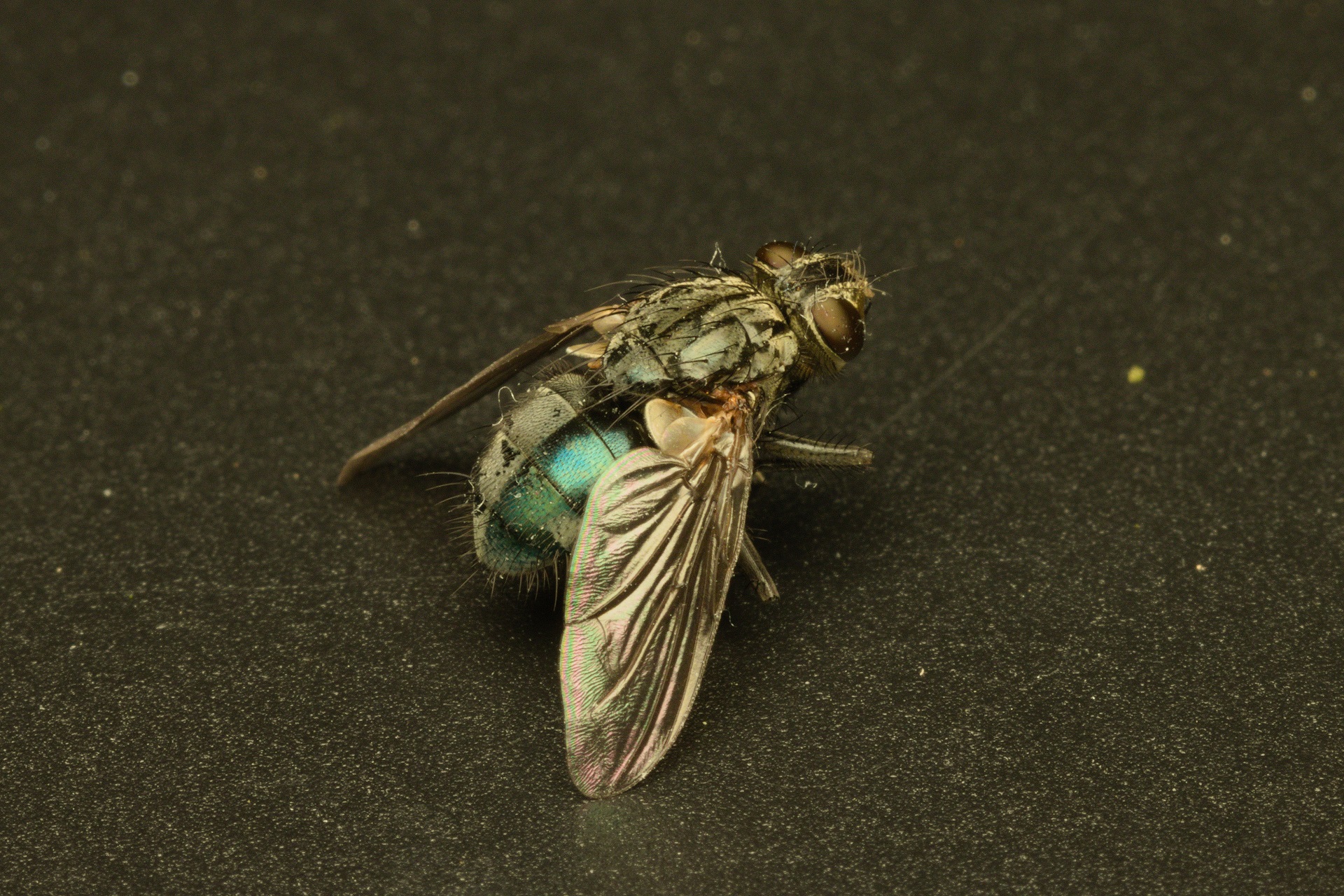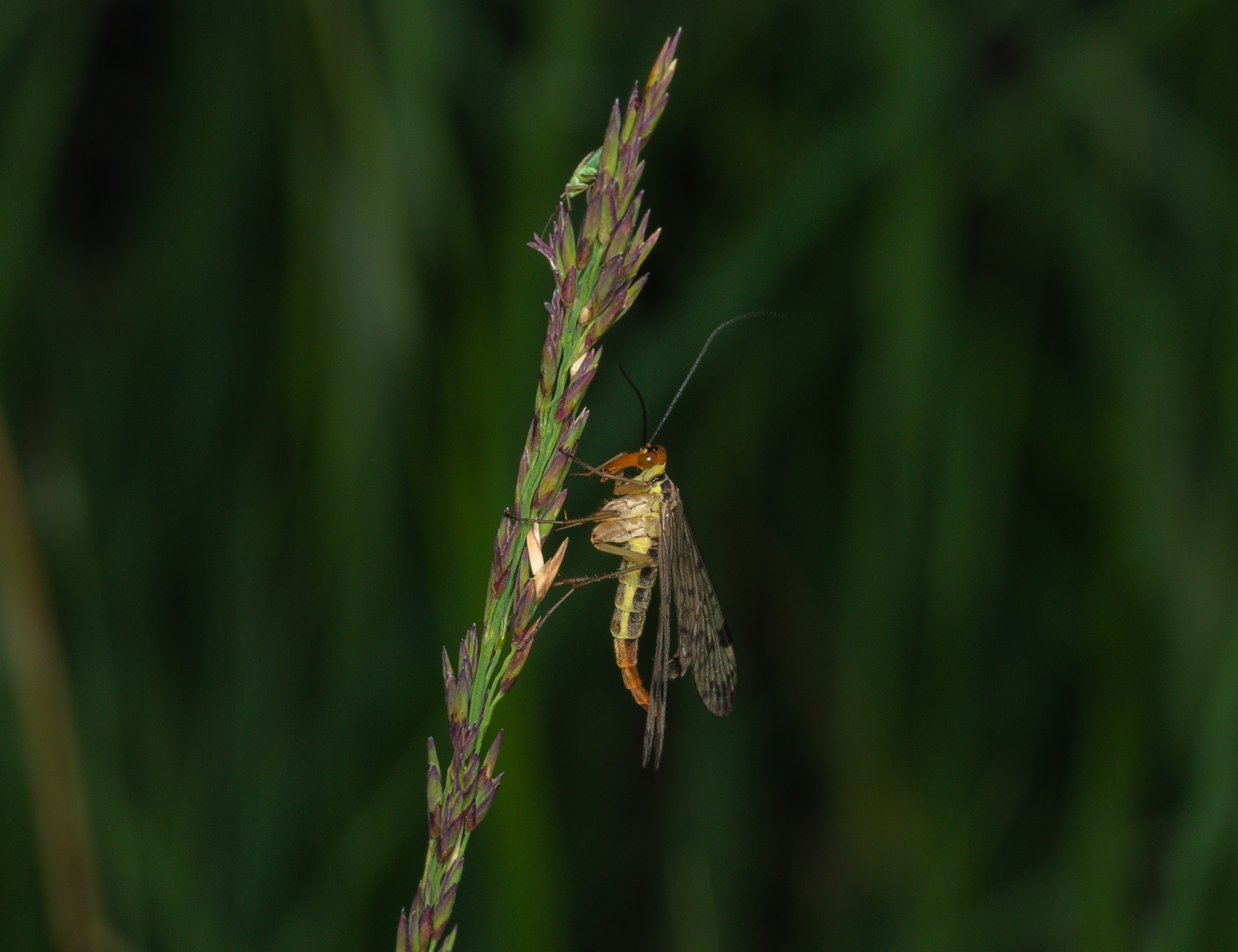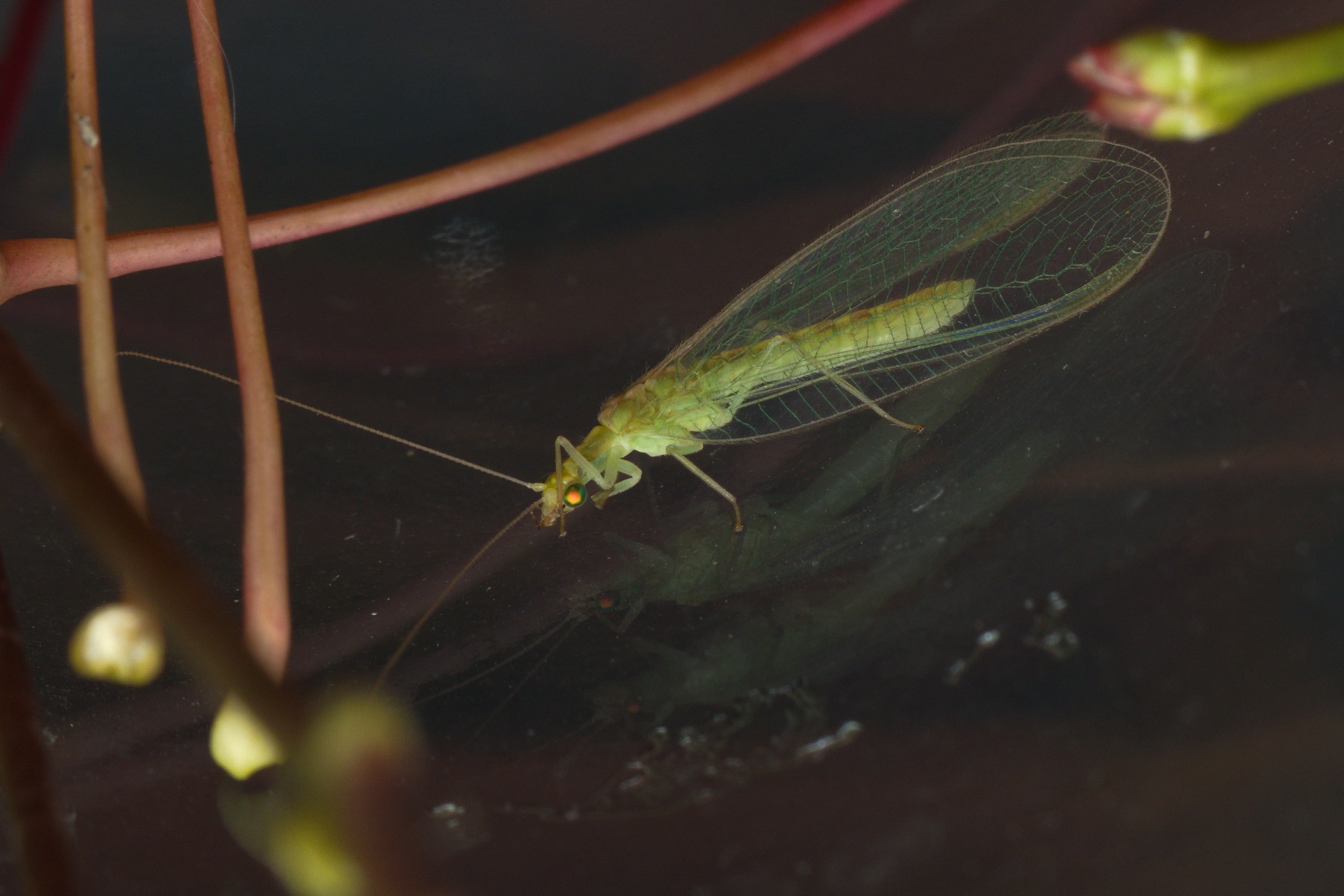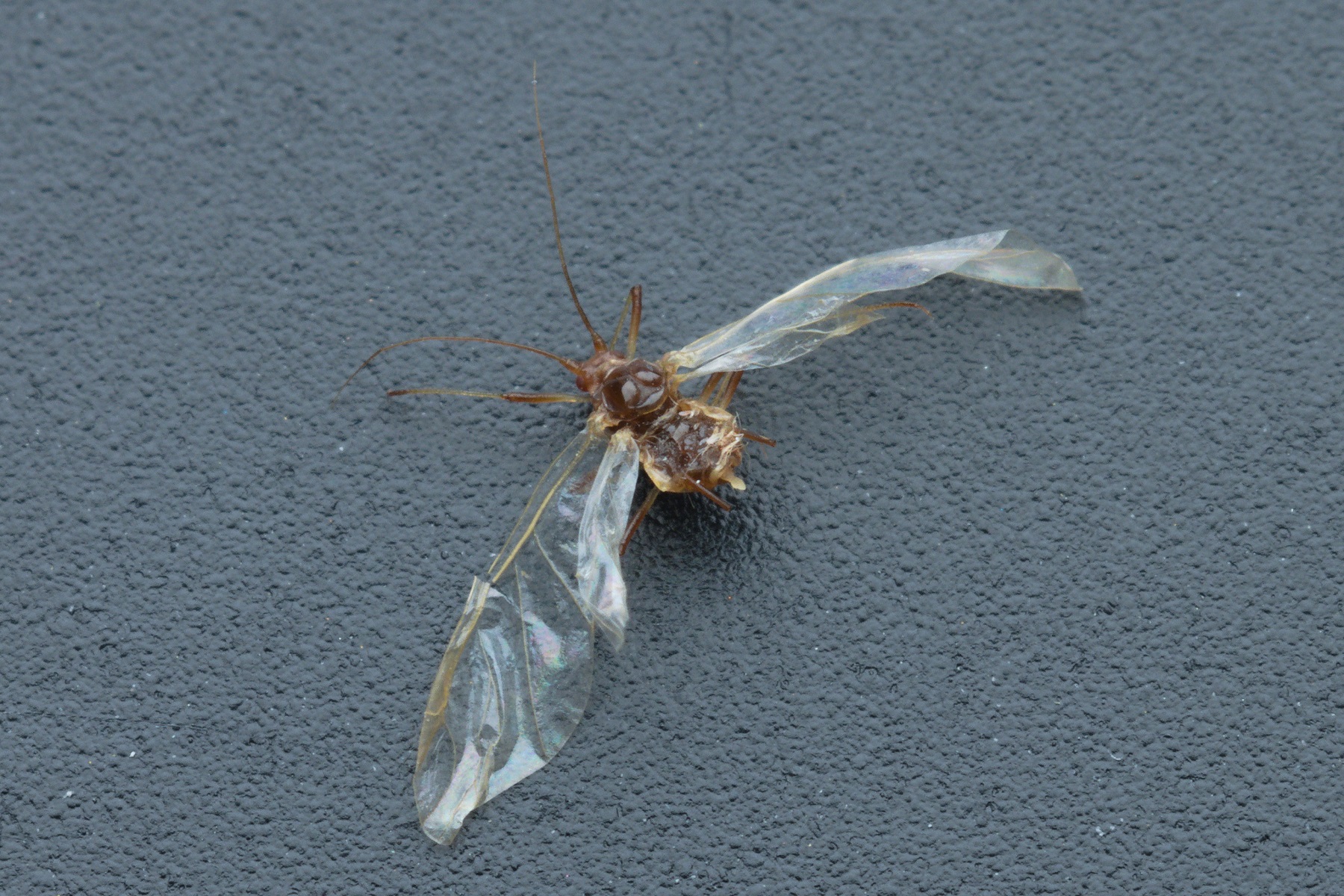Plecoptera
Description
Stoneflies are slender, small to medium-sized insects with aquatic larvae. They are characterised by long, threadlike antennae and small compound eyes. Their mouthparts are somewhat reduced and adapted for chewing, as they feed very little in their adult stage. The body is distinctly dorso-ventrally flattened.
The thorax bears two pairs of moderately veined membranous wings, with the hindwings being slightly wider and folding fan-like under the forewings. Stoneflies hold their wings closely to their bodies, as they are poor fliers and often prefer walking to flying. As a result, they have strong walking legs equipped with two claws. At the end of the abdomen, they have two long, segmented cerci.
Biology
Most of the approximately 3,500 stonefly species are associated with cooler, fast-flowing streams, as their larvae are highly sensitive to low oxygen levels in water. For this reason, they are considered one of the most important bioindicators. Adult stoneflies are not highly mobile and tend to stay near watercourses. Some occasionally feed on pollen from flowers.
The larvae of most species are herbivorous, although the larger species can also be predatory. Larvae can have a very long developmental cycle, lasting up to four years. Adults of most species from the family Capniidae emerge very early, often in the middle of winter, which allows them to avoid a large number of predators.
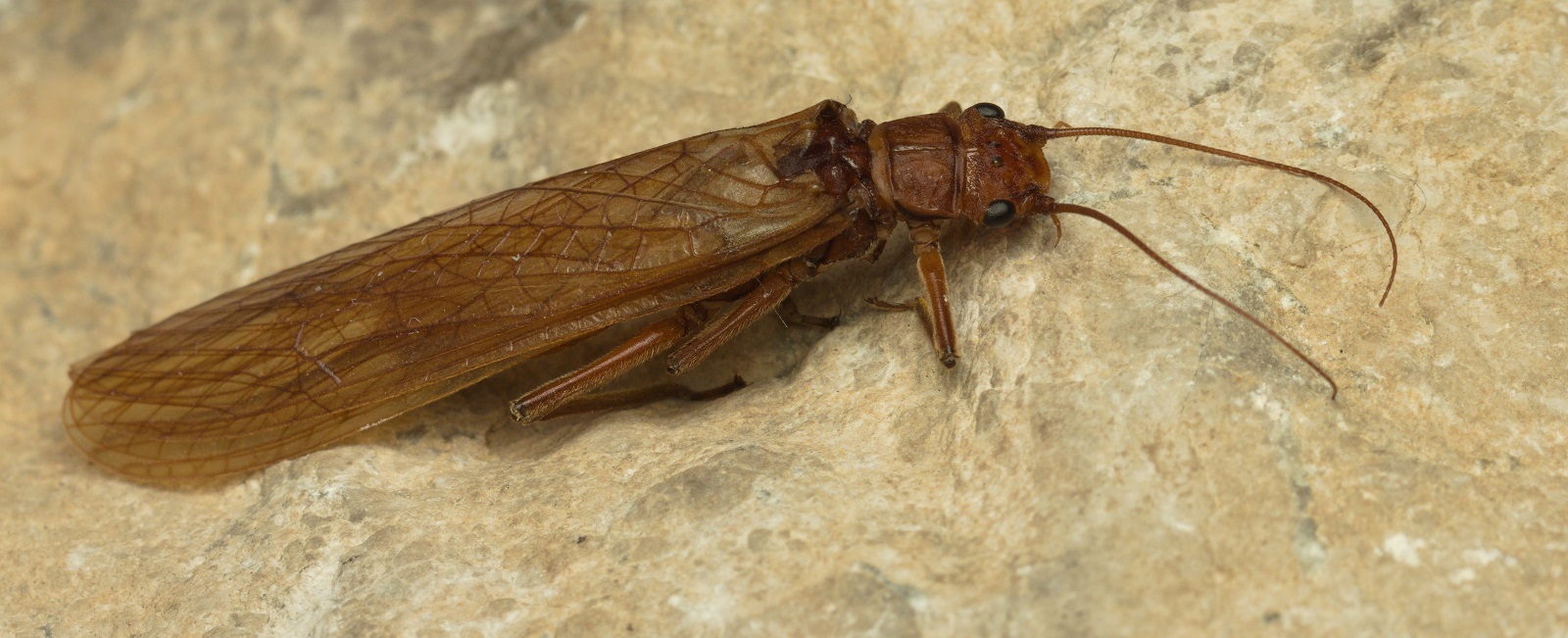
Sorodni členonožci

Authors
- Urban Bogataj,
- Gregor Bračko,
- Teo Delič,
- Cene Fišer,
- Žiga Fišer,
- Rok Kostanjšek,
- Rudi Verovnik,
- Miloš Vittori,
- Valerija Zakšek.
Students Vito Ham, Vesna Jurjevič, Gaj Kušar, and Adrijan Samuel Stell Pičman also participated in the project.
